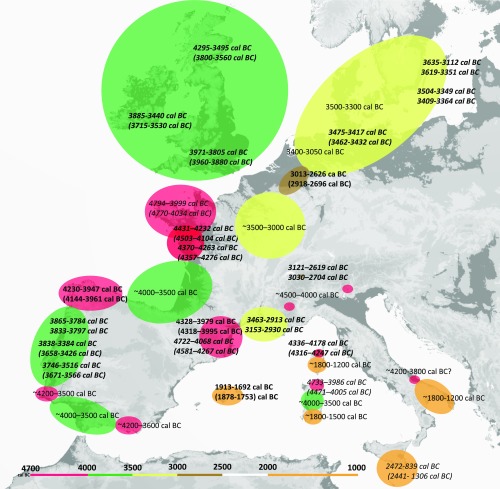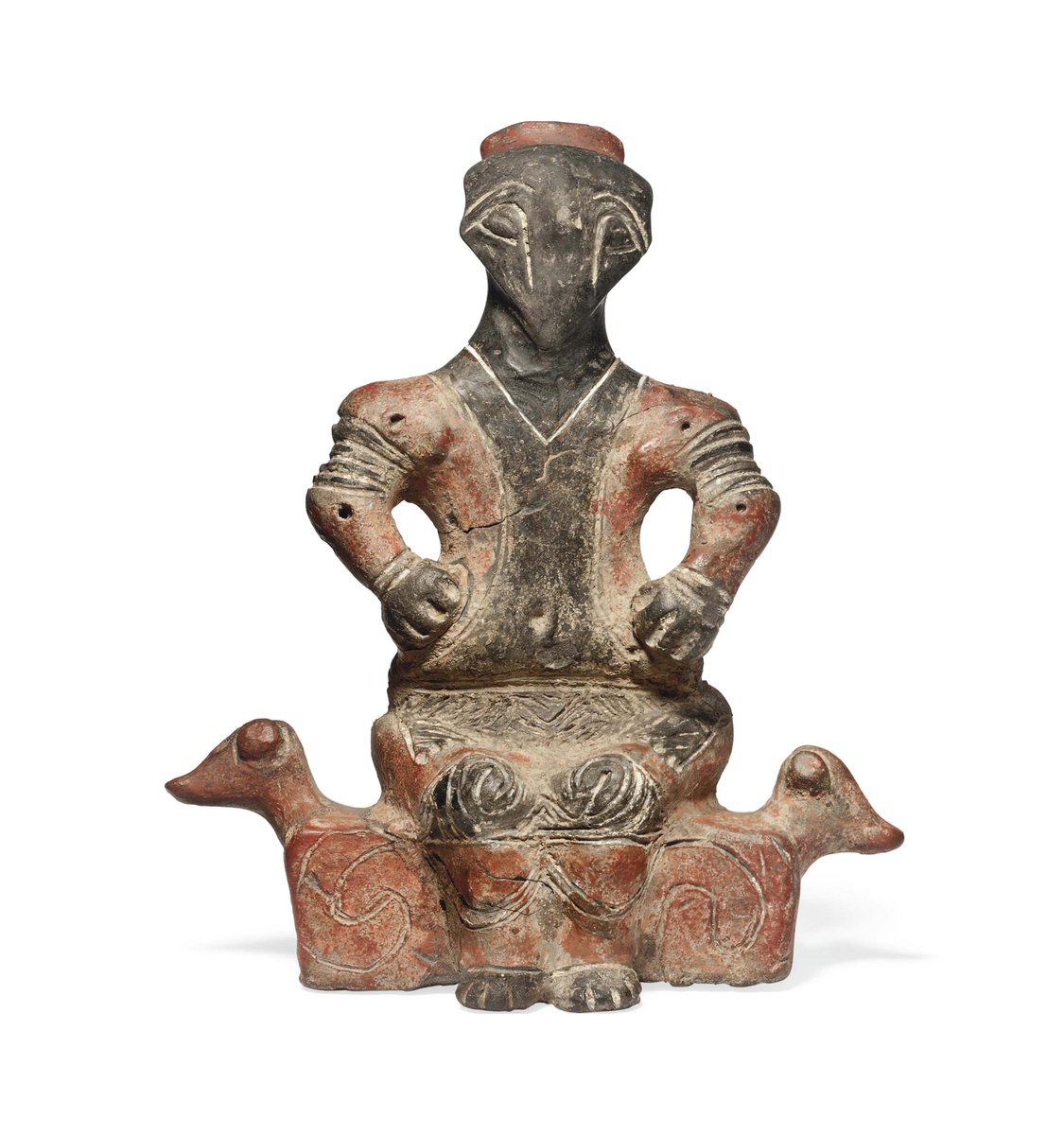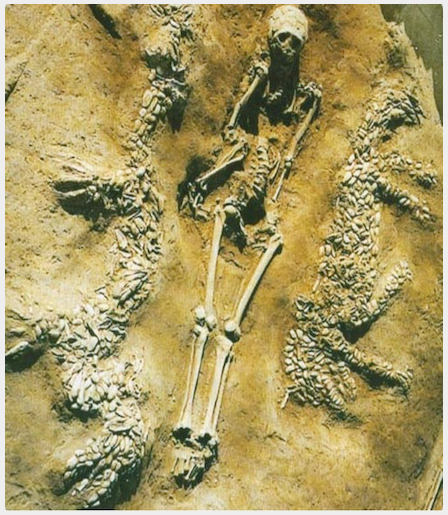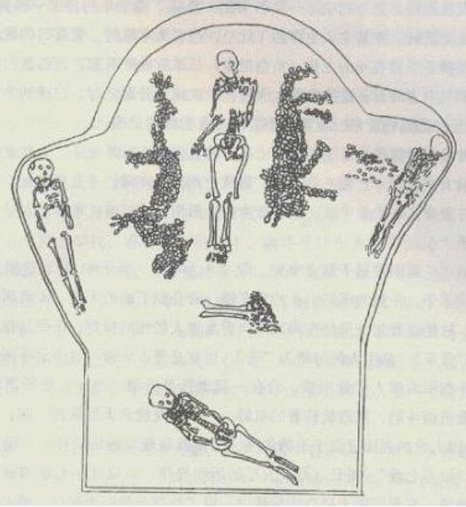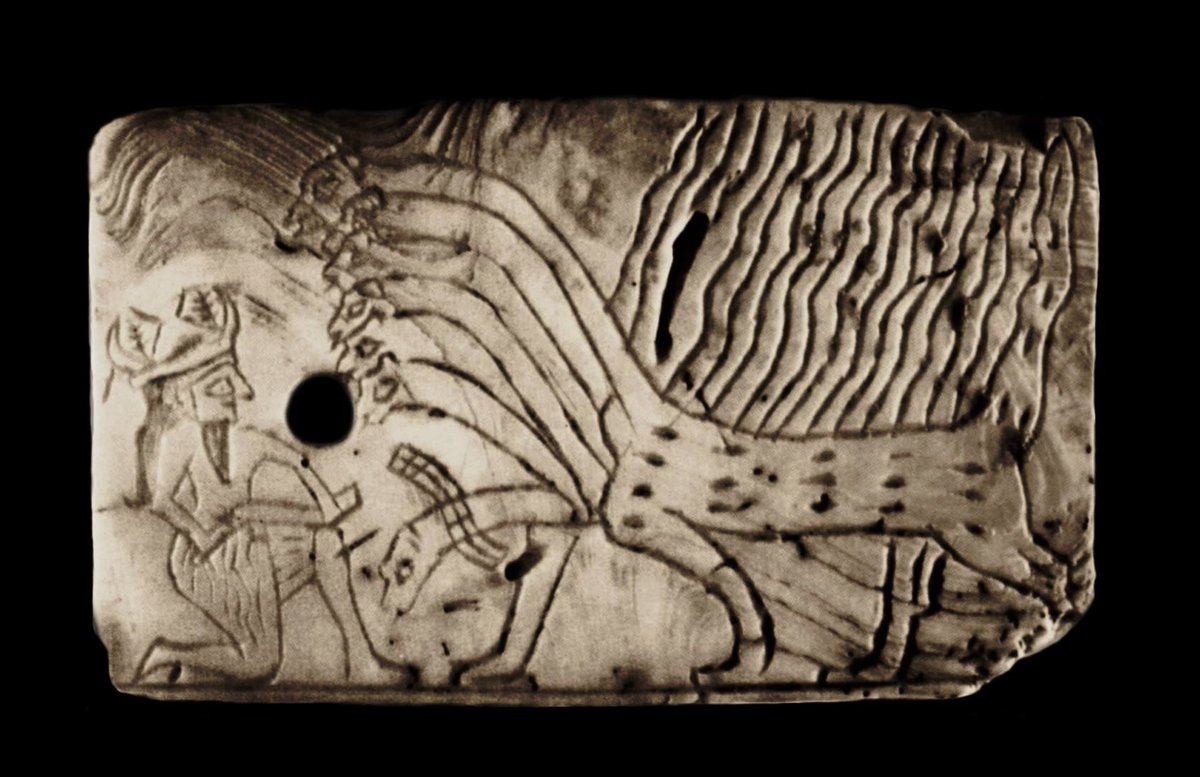
Thread (longish but hopefully interesting): This is Dolmen of Pierre-Alot, France...I would here like to talk about three interesting articles I read this week, which together, might shed some new light on the origin, spread and reason for megalithic culture...Or not... 
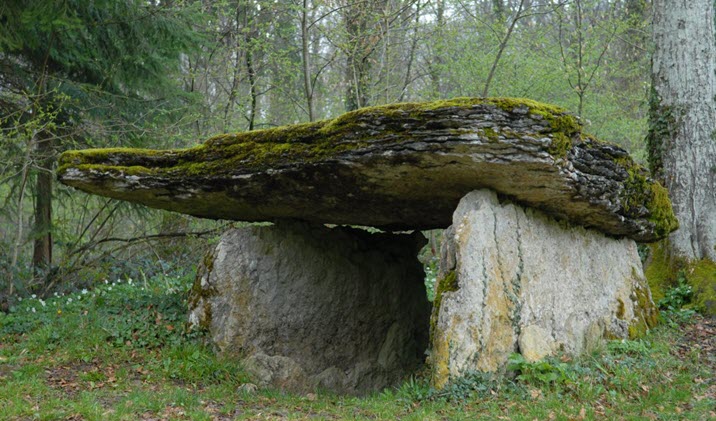
There are over 35,000 currently accounted megaliths in Europe, including megalithic tombs, standing stones, stone circles, alignments, and megalithic buildings or temples...
Most of these were constructed during the Neolithic and the Copper Ages (5th - 3rd millennium BC) and are located in coastal areas...
Their distribution is along the so-called Atlantic façade, including Sweden, Denmark, North Germany, The Netherlands, Belgium, Scotland, England, Wales, Ireland, northwest France, northern Spain, and Portugal...
And in the Mediterranean region, including southern and southeastern Spain, southern France, the Islands of Corsica, Sardinia, Sicily, Malta and the Balearics, Apulia, northern Italy. And Montenegro, which is not widely known. Like this one. More in: oldeuropeanculture.blogspot.com/p/montenegrian… 
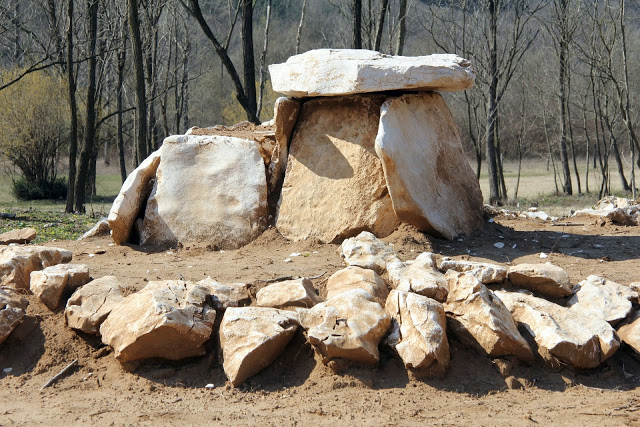
Interestingly, all these megaliths share similar or even identical architectonic features. Which is why in the later 19th and the first two-thirds of the 20th centuries, archaeologists, like Childe, supported a single origin of megaliths and their spread by a process of diffusion
Childe also, supported the idea of a diffusion by maritime exchange. According to him, the expansion was supported by a megalithic religion of migrant priestly elites who settled down long enough among local societies for the new ideas to take root...
Later, Childe expanded his theory about the spreading of a megalithic religion along the coastlines of western Europe by way of missionaries or prospectors...
With the introduction of radiocarbon dates and processual approaches, the idea of an independent emergence of the same kind of stone architecture in several regions arose in the late 20th century, because early C14 results did not support the diffusion model...
Renfrew was the first to exploit the new chronological results and proposed five independent nucleus centers, including Portugal, Andalusia, Brittany, southwest England, Denmark, and possibly Ireland for the emergence of megaliths in Europe...
The model of an independent emergence of megaliths in several regions and sedentary, immobile farming communities has remained dominant in the research literature since then...
However, since the 1970s, the number of C14 dates of megaliths has expanded enormously. And it turned out Childe was right...
The radiocarbon results suggest that megalithic graves emerged within a time interval of 200 to 300 years in the second half of the fifth millennium cal BC in northwest France, the Mediterranean, and the Atlantic coast of the Iberian Peninsula...
Northwest France is, so far, the only megalithic region in Europe which exhibits a pre-megalithic monumental sequence and transitional structures to the megaliths, suggesting northern France as the region of origin for the megalithic phenomenon...
For the remaining regions with an early megalithic proliferation in the fifth millennium cal BC (Catalonia, southern France, Corsica, Sardinia, Portugal and Italy), megaliths are found in small clusters as exceptional grave forms for this period in their respective regions...
A fresh expansion occurred during the first half of the fourth millennium cal BC when thousands of passage graves were built along the Atlantic coast of the Iberian Peninsula, Ireland, England, Scotland, and France...
In the second half of the fourth millennium cal BC, the passage grave tradition finally reaches Scandinavia and the Funnel Beaker areas. Again, there is evidence for the spread of megalithic architecture along the seaway...
The fast coastal distribution emphasizes the maritime linkage of these societies and a diffusion of the passage grave tradition along the seaway...
So, the older generation of archaeologists (like Childe) were correct concerning a single origin and maritime diffusion of the megalithic concept and accompanying radical economic and social changes. Ha!
This is the gist from the paper: "Radiocarbon dates and Bayesian modeling support maritime diffusion model for megaliths in Europe" ncbi.nlm.nih.gov/pmc/articles/P…
Now at the end of the paper the author says:
"The megalithic movements must have been powerful to spread with such rapidity...and the maritime skills, knowledge, and technology of these societies must have been much more developed than hitherto presumed"
"The megalithic movements must have been powerful to spread with such rapidity...and the maritime skills, knowledge, and technology of these societies must have been much more developed than hitherto presumed"
In this article I talked about the neolithic mining and seafaring societies whose trading routes seem to have spanned the whole of Mediterranean sea.
oldeuropeanculture.blogspot.com/2020/07/neolit…
oldeuropeanculture.blogspot.com/2020/07/neolit…
In this article I talked about the possibility that these seafarers probably reached Ireland in the early 4th millennium BC and brought with them Megalithic culture and genes...
oldeuropeanculture.blogspot.com/2020/10/giants…
oldeuropeanculture.blogspot.com/2020/10/giants…
So we know that there was a mining/seafaring culture, caste, elite...in Neolithic Mediterranean...
According to the author of the article I am talking about here Childe was wrong in one thing: he believed that the source of the Megalithic culture was in Mediterranean...
According to the author of the article I am talking about here Childe was wrong in one thing: he believed that the source of the Megalithic culture was in Mediterranean...
But was he? I am not contradicting the data that points at Northern France as the first place where we find Megaliths...But were the people who built these first megaliths originally from Northern France? Or from Mediterranean? The seafarers/miners/prospectors/missionaries...
And even if the Megalithic idea originated in the Northeastern France, were the people who spread it the same Mediterranean seafarers/miners/prospectors/missionaries who scoured European coast looking for best obsidian, flint, amber and later copper, zinc...
Mining, metalworking, ship building and seafaring are all extremely specialised activities, which require long training which can be only obtained from people who already know how to do it. Which in Neolithic was your own kin...
So it is very likely that these Neolithic seafarers/miners...and megalithic builders, were all related...Which is what the genetic data obtained from the early megalithic graves is confirming...
This is very interesting, right? But this is just the first part of the story...
Because while the Megalithic culture was emerging and spreading along Atlantic and Mediterranean coast, something else equally dramatic was happening in South-Eastern Europe. Advanced Eneolithic cultures like Vinča, Cucuteni, Gumelnita...suddenly collapsed...
And I think that these two things are linked...Here I have to stop...I will continue in another thread tomorrow...Good night 🙂 And sorry for leaving this on a cliffhanger...It's late and this thread is already very long...
Did I say zinc here. I mean tin :)
• • •
Missing some Tweet in this thread? You can try to
force a refresh
